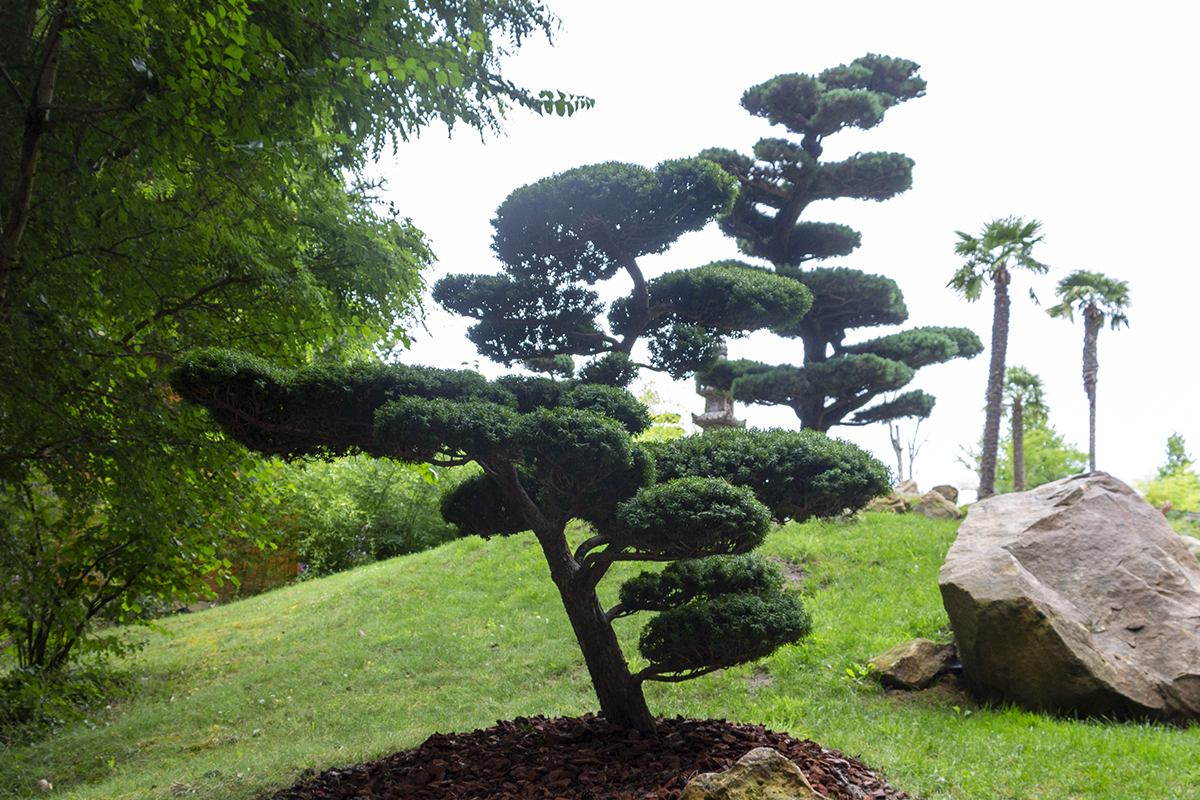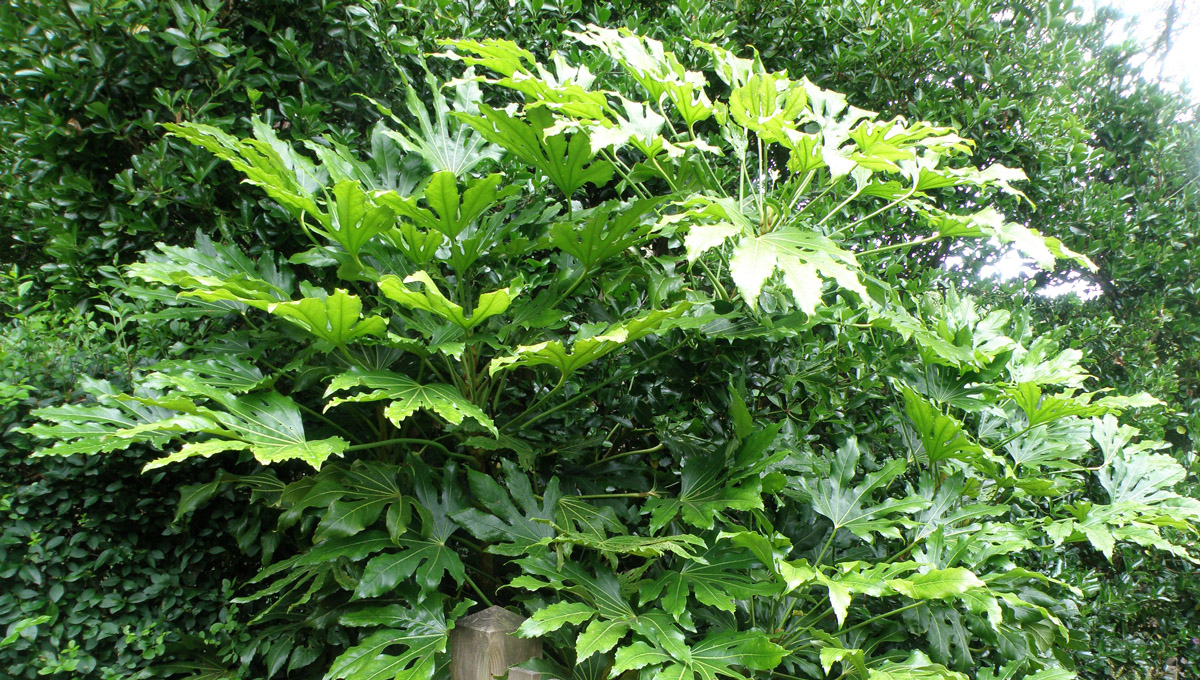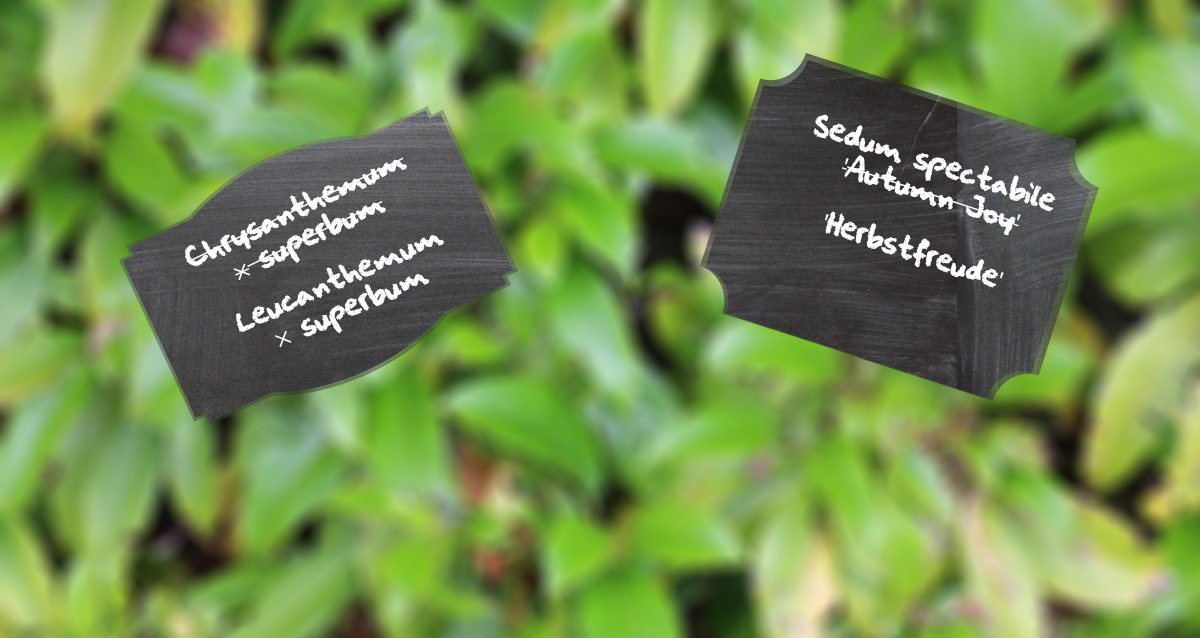-
Buddleja davidii

Buddleja davidii Franch.is a popular garden shrub which has escaped cultivation to become established as a naturalised plant in the wild, where it can often be found on waste ground around towns and cities. It will grow happily in most garden soils and can even be seen growing out of cracks in masonry on buildings.…
-
Taxus baccata

The Yew tree is an easily recognisable plant of gardens and the countryside, being one of the few native British plants to be widely grown as an ornamental plant. It is a very adaptable plant growing in most situations with the exception of water logged ground and it responds very well to cutting. This, with…
-
Fatsia japonica

One of the classic garden plants for shade Fatsia japonica is much admired for its large, glossy, evergreen leaves and easy temperament. It grows happily in any reasonable garden soil and does particularly well in shade, though not so well in dry shade. It is also tolerant of a maritime garden though its large leaves…
-
Hydrangea aspera

The rough leaved Hydrangea is one of the less commonly grown examples of this important genus in our gardens, but makes an excellent addition to the garden. The large velvety leaves provide an attractive display all summer covering this medium sized bush. And come June and July this is topped with dark lilac “lacecap” flowers.…
-
Why do they keep changing plant names?

The argument often made for using scientific plant names is that it provides consistency. If you ask for Alchemilla mollis that is what you’ll get. The problem is you keep finding different people referring to the same plant with different names. The exact opposite of what is wanted and causing confusion and irritation to many…
-
The Concise British Flora in Colour by W. Keble Martin
William Keble Martin was an amateur botanist in the must noble tradition of amateurs. That is to say he was not employed as one but was every bit as skilled and dedicated as any “professional” botanists. He was formally trained as a botanist but instead of following this path chose to be ordained and spent…







